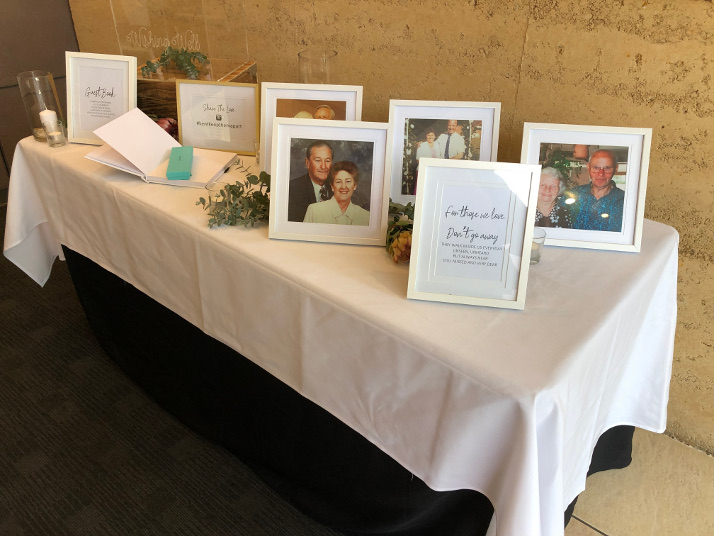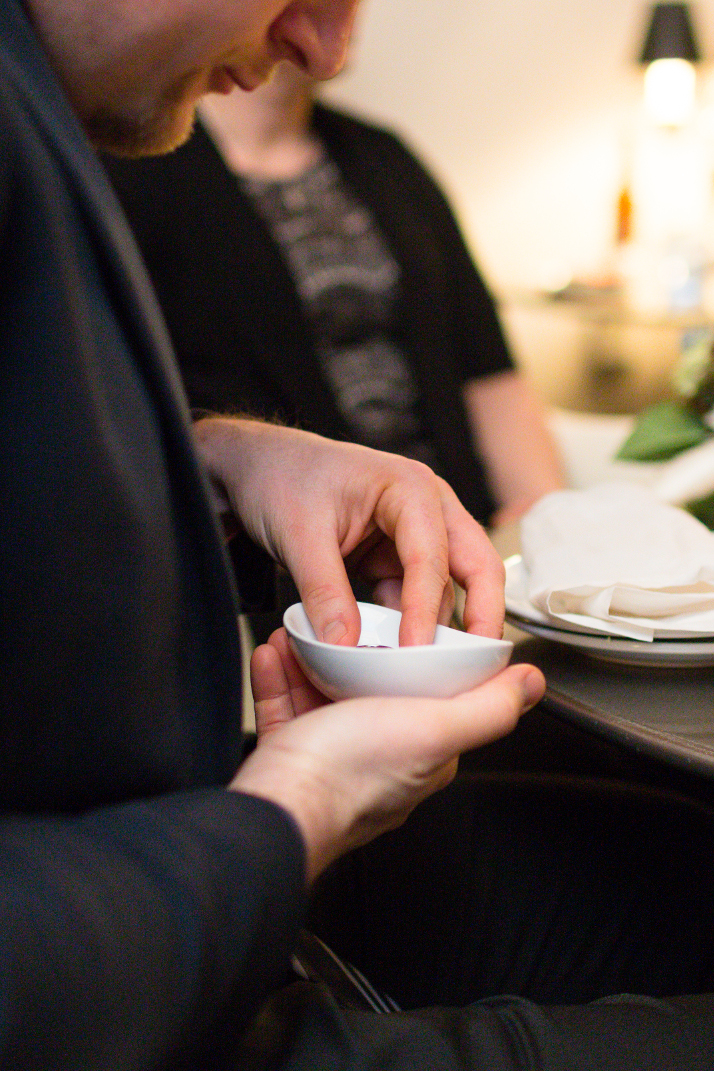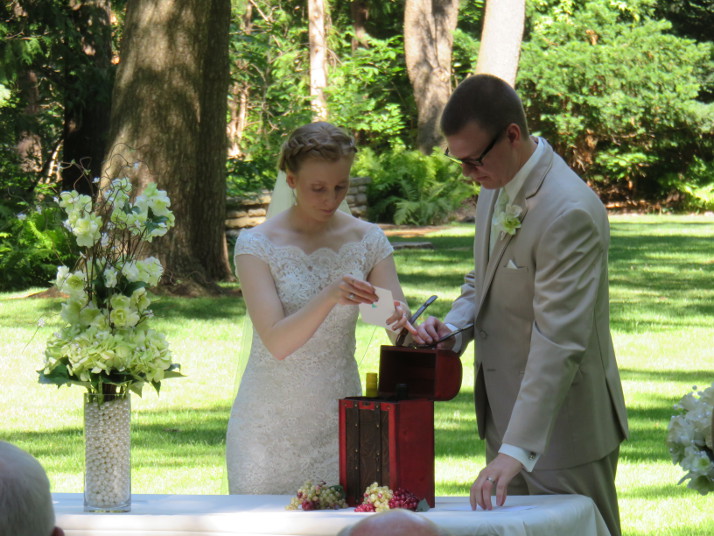Including Grandparents in Your Wedding
Including grandparents in your wedding is a great way to honor your family heritage and to express appreciation to these special people in your life. There are some things to consider, though, when planning for their participation in your wedding.
First, you’ll want to treat all the grandparents who are able to attend your ceremony the same. For example, if it is important to you to have a particular set of grandparents included in your processional, then all grandparents should be included. When deciding whether or not to have your grandparents walk in as part of the processional, you’ll want to consider their preferences, their health and mobility, the venue, and the size of your wedding party.
It’s good to talk to your grandparents about the possibility of walking in the processional, so you learn if they would prefer to stay out of the spotlight or are happy to participate. One reason they may choose not to participate is if their health is fragile or mobility is an issue for them.
Look, too, at the venue. Will you be asking your elders to walk over rocky or uneven ground or walk a significant distance? If so, they may opt out. Finally, look at the size of your wedding party and the length of the processional with and without the grandparents. If you have 8 bridesmaids and groomsmen, two ring bearers, three flower girls and a variety of parents and step-parents who will all need to walk in, along with the two of you, before the ceremony can begin, you might opt to leave the grandparents out of the processional.
If you decide not to have the grandparents walk in the formal processional, you’ll still want to have reserved seating for them up front. Don’t forget to let them know about it, too, so they can look for it or tell an usher who will seat them appropriately.
Another great way of including grandparents in your wedding is to have them offer a reading. If you’re fortunate enough to have a set of grandparents who have been married for a long time, perhaps they could share a reading on love or marriage. Guaranteed to not have a dry eye in the group.
But what if your grandparents aren’t able to attend because of health, distance, or because they have died? There are still ways of including your grandparents in your wedding in these situations.

You may place a table at the back of the ceremony venue with their pictures and a message like, “In loving memory…Those we love don’t go away, they walk beside us every day. Unseen, unheard, but always near, still loved and missed, so very dear.” You can include memorial wording in your ceremony or in your program. Or you can include wedding pictures of your parents and grandparents on a special table near your cake in the reception space. All are great ways to remember these wonderful people who played a part in making you the person you are on your wedding day.
Thoughtfully including grandparents in your wedding will add depth and meaning to your day for you and for your guests. It’s a great way to celebrate those who are able to be with you, and to remember those who are not.


